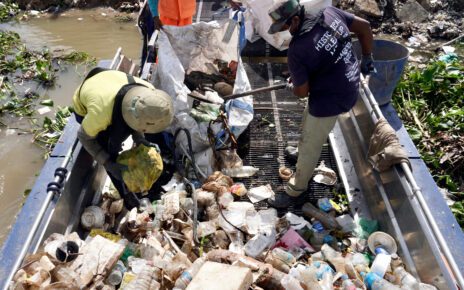
With TikTok and Trash Boats, Cleanup Efforts Target Mekong
A group of 300 Phnom Penh young people frustrated with trash piling up around the Mekong river are using social media to organize cleanups, while another effort tackles trash by boat.

A group of 300 Phnom Penh young people frustrated with trash piling up around the Mekong river are using social media to organize cleanups, while another effort tackles trash by boat.
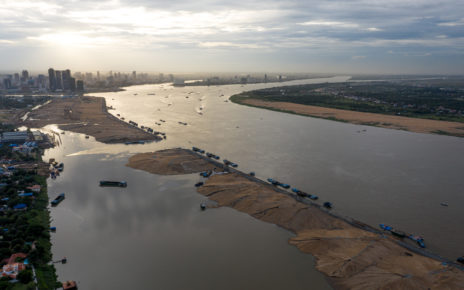
Sand mining in the Mekong is happening far more than officially reported — meaning the damage is far worse. More sustainable options are available, writes Edward Park, a principal investigator at the Earth Observatory of Singapore.
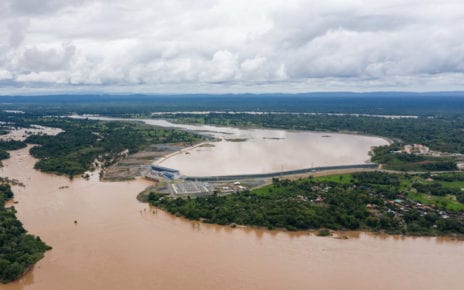
The Mekong river endured three years of drought and its lowest-ever water levels due to minimal rainfall as well as the actions of upstream hydropower dams, which had spillover effects for the Tonle Sap lake and Cambodia’s fishing industry that relies on it, according to a new report.
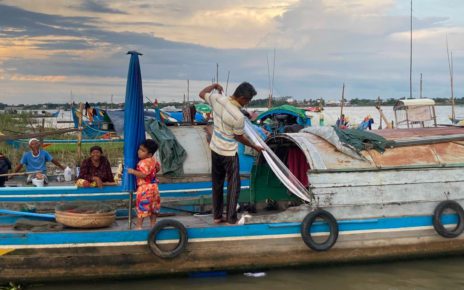
Fishers say their daily catch has plunged again. According to researchers, disturbances to Mekong water flows due to hydropower dams and climate change have disrupted fish habitats, breeding grounds, abundance and diversity.

Cambodia’s Energy Minister declared last week that Cambodia would not build any new coal-fired power plants, but the announcement appears to have little or no impact so far on Cambodia’s current plans for developing coal-fired power plants through 2030.
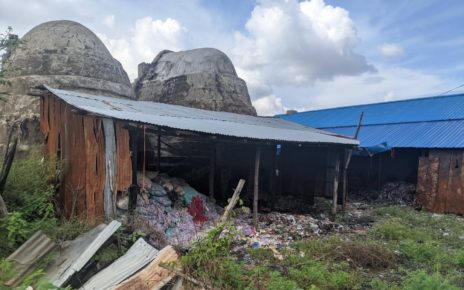
Hundred of tons of fabric used in Cambodia’s garment industry ends up as waste, which then either ends up a landfill or is used to fuel other businesses, such as brick kilns.
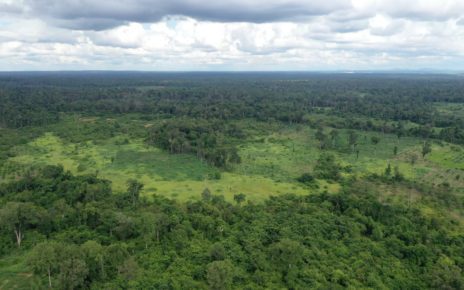
The conference generally pitches wealthy, high-emitting and highly-industrialized nations against low-emitting and less-industrial countries, especially those in the Pacific Islands that first feel the strain of rising water levels and temperatures.
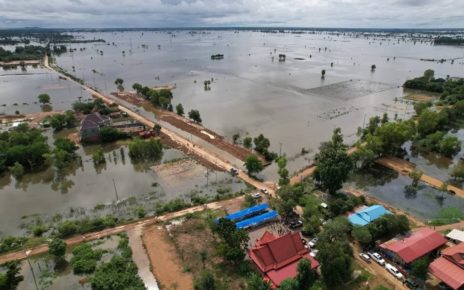
As of Tuesday, residents in 38 communes were affected, according to the committee. Two health centers and 26 schools were also flooded, while 25,223 hectares of rice was inundated, it said.
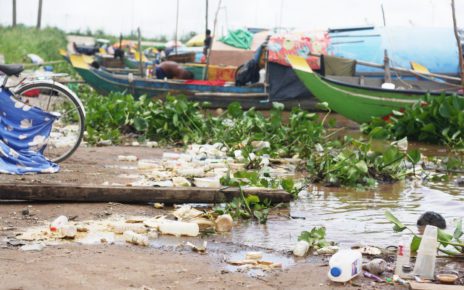
New research shows that hundreds of tons of plastic is carried away daily from Phnom Penh along the Mekong, Bassac and Tonle Sap rivers, choking critical waterways and hurting aquatic life and human well-being.
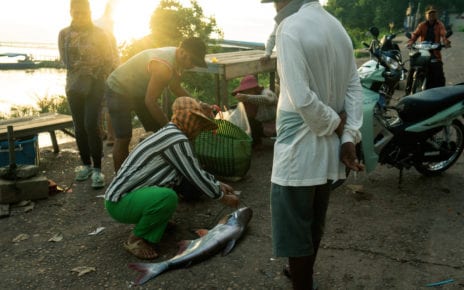
In Stung Treng, villagers are experiencing unexpected changes to their environment: disappearing fish, dying forests, eroding islands. As they grapple with changing natural cycles, they project their fears onto the giant Don Sahong dam that looms upstream.

VOD is an independent media outlet producing radio programs and disseminating information to the public via the Internet.
© 2019 VOD. All Rights Reserved.